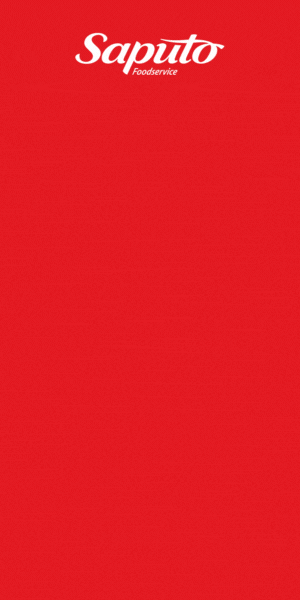Takeout and Delivery is Keeping the Michelin-Starred Lights on
There are a lot of things unfolding now that if you or I had predicted a year ago or even six months back, we would have been proclaimed mad for our troubles. Face masks all around, for example. School and travel cancelled. And Michelin-starred restaurants offering takeout and delivery.
J
Takeaway got its start in the realm of fast food, and so from the haute-cuisine restaurant’s point of view, it would always carry that stigma with it. Even as the concept moved slowly upscale—and these last few years, got its big boost in accessibility from third party apps, some chefs still looked down upon it with the same distaste and suspicion with which a sommelier regarded screw-top wine back in the 80s.
Nowadays my inbox is cluttering up fast with takeout from posh restaurants I booked online and left my email with on my last trip to France. When in late May I made online inquiries on what was happening in Europe’s culinary capital of London, England, I counted no fewer than 62 Michelin Guide restaurants peddling delivery and takeout in that city alone.
A couple of weeks back I decided to shelve the home cooking for a night and see what I could rustle up on an equivalent level here in Toronto. I placed an order with the incomparable Sushi Masaki Saito on Avenue Road, and tried out chef’s exquisite chirashi-don (CA$118) and then made my way through one of his edomae morikomi (CA$198) too. Oh, and sake as well. Premium Japanese food during lockdown: wonderful.
If you’re tempted, be advised that Sushi Masaki Saito has been sold out for weeks in advance. So is Alo, the 2019 #1 restaurant on the Canada’s 100 Best list, which is now pre-selling CA$65 four-course tasting menus through Tock. For my next takeout I tried my more modest west end favourite, Dandylion, and fetched some delicious roast chicken with braised young fennel—along with a couple of bottles of fine, small, low-intervention produced Riesling that you have no chance of finding at the LCBO. Then on Sunday night, we collected the best takeout pizza I’ve ever enjoyed, from our 2019 Best New Restaurant Giulietta.
The novelty of these delightful new takeout options is not going anywhere soon. What started as a Band-Aid solution to empty the walk-in fridge and generate enough money to keep the lights on and maybe a few core staff on the books has proved to be more profitable than that. Every last one of these empty restaurants is far busier with their takeout program than they anticipated possible at launch.
Over the last few weeks we’ve checked in with every restaurant ranked from #1 to #50 on last year’s Canada’s 100 Best Restaurants list. Even the ones that told us two weeks ago that they wouldn’t implement a takeout or delivery program have now changed course and started offering the service in some capacity.
Clearly, at best, it’s a good way to get your restaurant warmed up again for whatever form of reopening is soon allowed. Patios, for an obvious start. Leading to new socially-distanced interiors, downgraded to half their previous capacity.
But what happens then? The long-term sustainability of takeout under current circumstances is dubious. I mean, why run takeout on premium downtown rent when you could do more volume more easily from a commissary in a less pricey part of town? Likewise, any restaurant with a business model that worked, just as it was, is not going to be profitable with half as many customers. So for a lot of independent restaurants the only viable choice will be to keep the takeout going and do both.
It’s tough for a small restaurant and team to concentrate on fulfilling two different jobs to the same high standards to which they used to execute just one. And if they have to follow one path it will be that of the simpler food that these restaurants now have in play as takeout-suitable. Which is to say that by necessity, restaurant cooking is going to be a little less ambitious for a while.
Fortunately this is on pace with the public’s appetite. René Redzepi’s decision in May to relaunch Noma, the world’s most influential tasting menu restaurant, into a burger peddling wine bar, was an unmissable signal of modest dining to come. But there is also “I think” a silver lining to our restaurants’ strange new multi-tasking format: liquor sales.
The flow of wine-to-go in jurisdictions like Ontario and Quebec that never previously allowed it has been a boon for restaurants and consumers alike. Restaurants get to sell inventory for profit, and benefit financially from their expertise—as they should. Consumers meanwhile have been granted new and easy access to wines properly paired to their takeout meals, as well as to individual bottles from small wineries here and abroad whose offerings were previously only available by the case through private import (and at that, were often snapped up moments after their release). An improvement of access and convenience that customers have proved as happy to pay for as restaurants have been to profit from.
The popularity of the idea makes it all the less likely that even when business normalizes, provincial governments will seek to turn back the policy clock. And that is something to which restaurants and consumers should both raise a glass.







